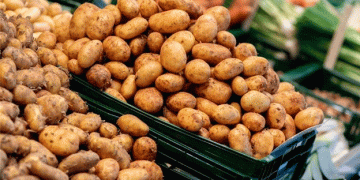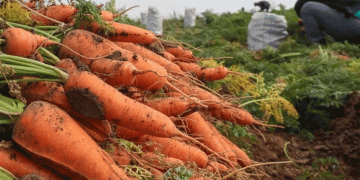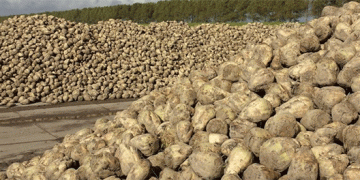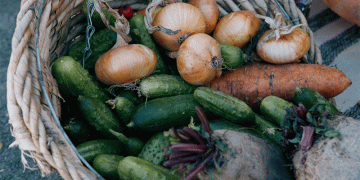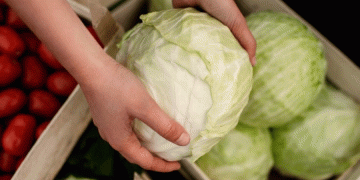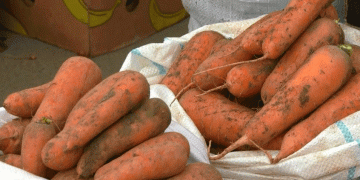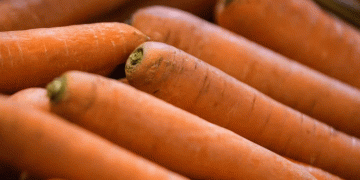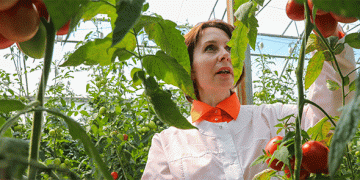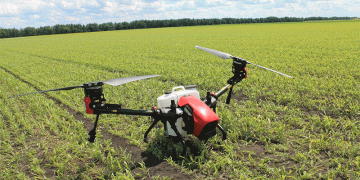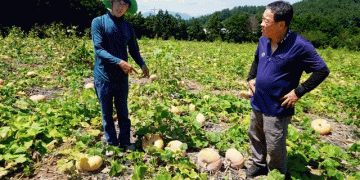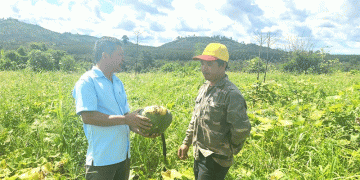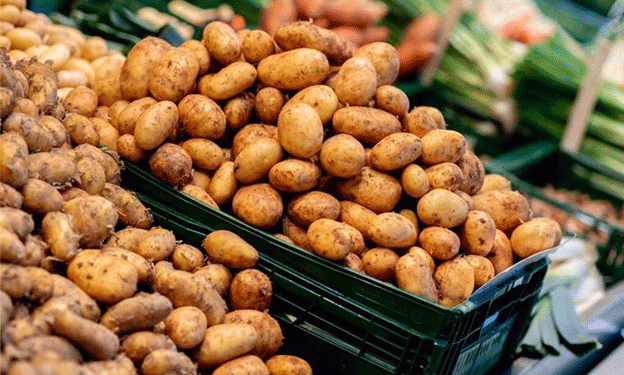In recent years, the humble potato has been making a notable comeback in both culinary practices and cultural significance. Once overshadowed by staples like rice and pasta, the potato is reclaiming its place in kitchens and on dining tables worldwide.
A Decline in Popularity
Historically, the potato was a cornerstone of many diets, especially in countries like Germany, where per capita consumption in the 1950s reached approximately 180 kilograms annually. However, over the decades, its popularity waned, with consumption dropping significantly. By the 2023/24 fiscal year, the Federal Office for Agriculture and Food (BLE) reported a per capita consumption of 63.5 kilograms in Germany, marking the highest in twelve years. This resurgence is partly attributed to increased purchases of fresh table potatoes, which rose by 8.4 kilograms per person to 25.5 kilograms, while processed potato products like fries and chips saw a slight decline.
Cultural Implications
The term “potato” has also found its way into colloquial language, sometimes used pejoratively to describe native Germans. This usage has sparked debates about its connotations, with experts classifying it as an “ethnophaulism,” a term denoting ethnic slurs. Despite such discussions, the potato remains deeply embedded in cultural expressions and idioms, reflecting its longstanding presence in society.
Historical Significance
The potato’s journey from the Andean regions of South America to European tables is a testament to its adaptability and nutritional value. In the mid-18th century, Prussian King Frederick the Great recognized its potential to combat frequent famines and mandated its cultivation. This initiative not only addressed food security but also integrated the potato into the cultural and culinary fabric of the region.
Modern Revival
Today, the potato is celebrated for its versatility and nutritional benefits. Rich in carbohydrates, fiber, and essential vitamins, it offers a healthy and affordable food source. Its adaptability allows for various culinary applications, from traditional dishes to innovative gastronomic creations. This renaissance is evident in the increasing consumption patterns and the renewed interest from both consumers and culinary professionals.
The potato’s resurgence highlights a broader trend of returning to traditional, wholesome foods that are both nutritious and versatile. Its enduring presence in our diets and cultures underscores its importance as more than just a staple food but as a symbol of resilience and adaptability.
